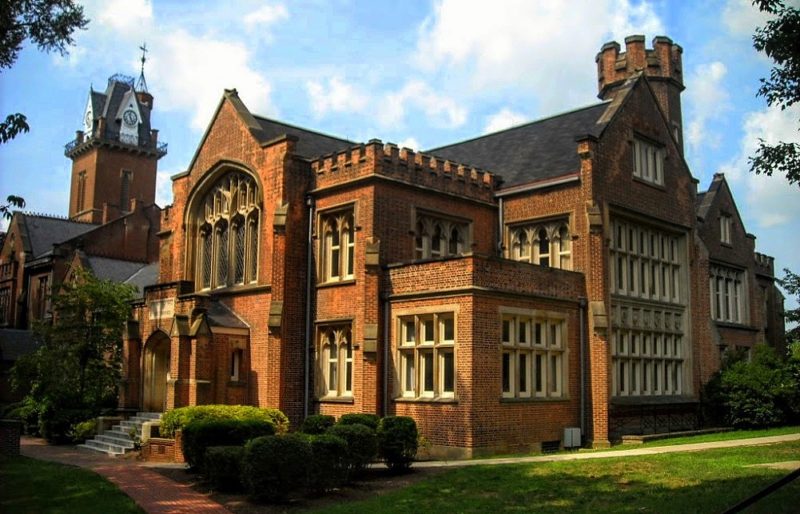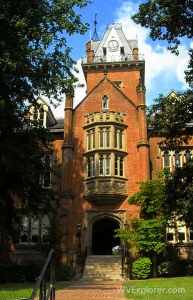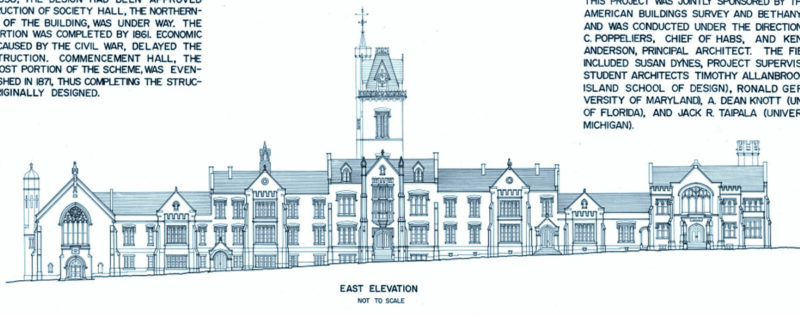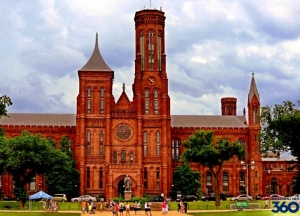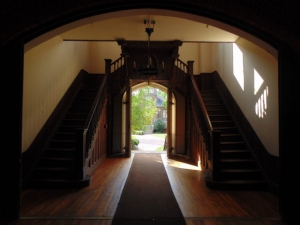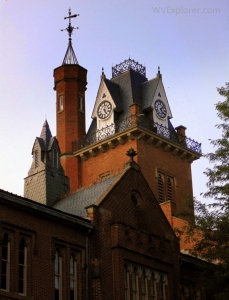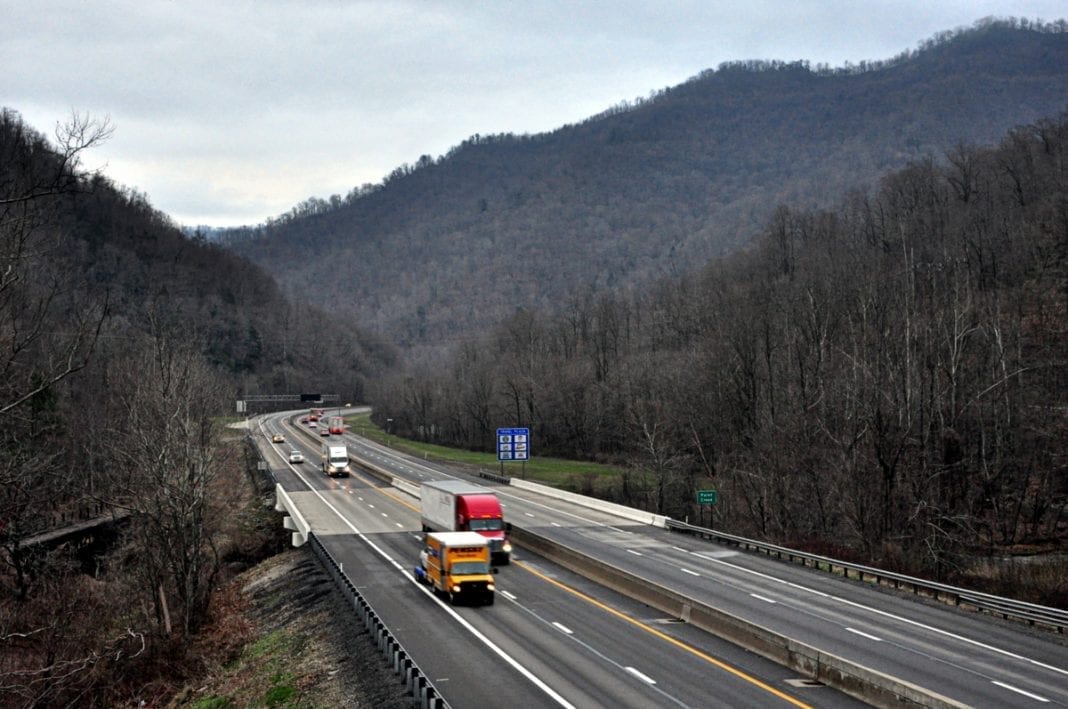BETHANY, W.Va. — A castle in West Virginia? You'll find a few examples of castle-like structures scattered through its hills, but nothing compares to Old Main at Bethany College, one of the finest examples of "Collegiate Gothic" architecture in the U.S.
A visitor's first glimpse of the building is generally had from a distance: its central tower appears high about the trees, beckoning scholars to the institution—the mother school of more than a hundred established since 1849 by the Disciples of Christ.
Architects may best know the structure as a landmark of the "Collegiate Gothic" style, a revival of medieval ornamentation employed in institutional construction across the U.S. in the late 1800s.
Everywhere, the complexities of the "Great Awakening" in America are revealed in the building, diverting visitors from the architecture and into American history. Its form cannot be separated from the intricate patterns of Christian diversification that blossomed in the U.S. in the early 18th century. Unleashed in a new land, Christianity broke the bonds of established forms.
In many ways, the complexity of the reformation in the U.S. is revealed in the complexity of the building, with its many rooves and towers, bays, and windows. Like the building, the movement can appear fragmented, yet part of a whole. No longer dominated by a powerful state religion, Americans were free to worship as they pleased, and their new churches were ever-transforming.
Alexander Campbell, the leader of the Disciples of Christ, sought to educate an independent clergy, and here in the hills above the Ohio River, he found an ideal setting for academic study. During his search for such a site in 1840, he wrote:
"The location must be entirely rural—in the country, detached from external society, not convenient to any town or place of rendezvous—in the midst of forests, fields, and gardens, salubrious air, pure water—diversified scenery, of hill and valley, limpid brooks and meandering streams of rapid flowing waters."
The valley of Buffalo Creek provided all that Campbell could ask. He moved quickly to secure architect James Key Wilson, whom he tasked with designing a building that would inspire.
Wilson had studied under James Renwick, Jr., the architect for the fanciful Smithsonian Institution, a building that shares many attributes with its counterpart at Bethany. Both are built on a long axis and, when viewed from the front, are principally symmetrical. However, in both cases, symmetry is interrupted by a whimsical combination of towers and rooflines.
These may best be illustrated in the design of the central tower at Bethany as viewed from the front of the building. The tower is symmetrical, though a tall octagonal turret ascends along its flank, intruding whimsically on the balance.
Unlike the Smithsonian, Old Main is built principally built of red brick. The Smithsonian is of red Seneca sandstone. Good stone was not easily quarried in the upper Ohio Valley around Bethany, though that limitation contributes to the building's distinction. Unlike the Smithsonian, Old Main features a dominant tower placed centrally, while the Smithsonian features several towers of differing masses.
The placement of such a central tower at Old Main is a hallmark of the style, as defined by architect Charles Klauder, who coined the term "Collegiate Gothic" in 1929 in his book "College Architecture in America."
Other hallmarks of the collegiate style include a tall central section at the building's axis flanked by wings of connected sections. Old Main's Gothic details—transformed by the brick construction—include buttresses, steeply sloped rooves, stonework finials, parapets, and tracery windows.
These elements combine to imbue the building with the austerity of a cathedral, which seems no accident, given Campbell's purpose.
Read also: Autumn an ideal time to visit West Virginia's Trans-Allegheny Lunatic Asylum.
Regardless of the religious inclinations of the observer, the building will likely impress and inspire reverence. It invites us to contemplate the academic and yet thrill at the soaring purposes of the divine as realized in its lofty towers.
Visitors are welcome to wander the grounds and the building, much of which is accessible year-round, though be sure to call the college to announce your visit at 304- 829-7000.
Sign up to receive of FREE copy of West Virginia Explorer Magazine in your email weekly. Sign me up!
